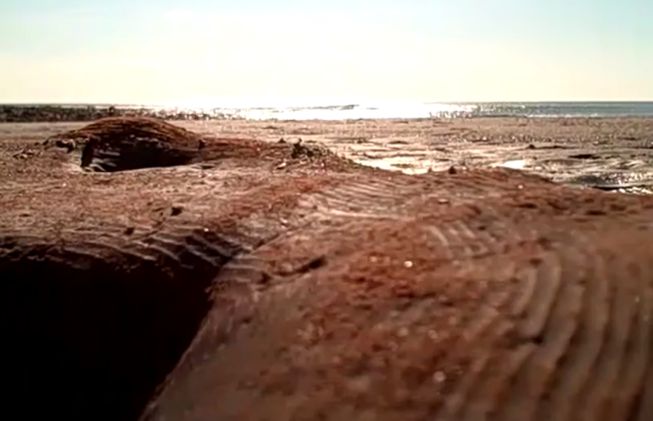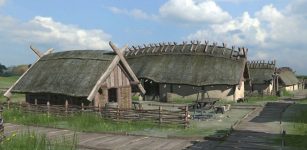When Will The Ancient Underwater Forests Of New Hampshire Be Visible Next Time?
MessageToEagle.com – The last time we could catch a glimpse of the ancient underwater forest of New Hampshire was in 2010. These ancient trees emerge only during rare periods of extreme low tide.
Thousands of years ago, during the last great period of glaciation, the New England coastline extended up to 75 miles further east than its current position, and a great forest grew there. The area teemed with hemlock, maple, cedar and pine, until the glaciers melted, the sea gradually rose, and the trees succumbed, ever so slowly, to the lapping of the waves.’
The video below, from 2010, depicts the trees the last time they emerged. We can only hope this isn’t the last we see them again.
If you’re lucky enough to find yourself along the coastline during one of these rare events, there are two places along the New Hampshire coastline known for their sunken forests: Odiorne Point State Park in Rye, and Jenness Beach. But to catch a glimpse of these ancient forests will require exceptional timing.
“The conditions have to be just right,” said Alex Herlihy, director of the Rye Historical Society, to seacoastonline.com. “It’s not just the tides, but the appearance of storms, wind and water in the right way to wipe away enough sand. Conditions have to be just right, and for two or three tides you might be able to see them and they’ll be gone.”

The last time the Jenness Beach forest appeared was in 2010, and that was the first time it had emerged since 1978. Other sightings were reported in 1940, 1958 and 1962.
See also:
- Eurasia-India Collision 47 Million Years Ago Resulted In Birth Of Himalayas
- Giant Crack In The Earth Has Suddenly Appeared Near Yellowstone
- Controversial New Theory Suggests Earth Will Be Cooling Down Before 2017 – Have Global Warming Predictions Been Exaggerated?
The trees — or at least what’s left of them — are remarkable. Stumps protrude from the rocky sands, with tree rings that can still be counted even though they have been smoothed over by erosion and time. Roots still weave through the soil, clinging to a foundation identified as woodland peat that is 2.5 to 4.0 feet thick. The trees have been radiocarbon dated to about 4,200-3,000 years ago.
Scientists have concluded that the trees died by a gradual advance, a sea level rise of about 1.1 feet per century. It’s an ominous reminder that sea levels continue to rise today at an alarming rate due to global warming. Might the trees we climb in along the coast today someday get engulfed, as their ancestors did?
Sea level rise could also mean that sightings of these ancient sunken forests could become more and more rare, as they eventually get immersed by the ocean for good.”
MessageToEagle.com
Source:










